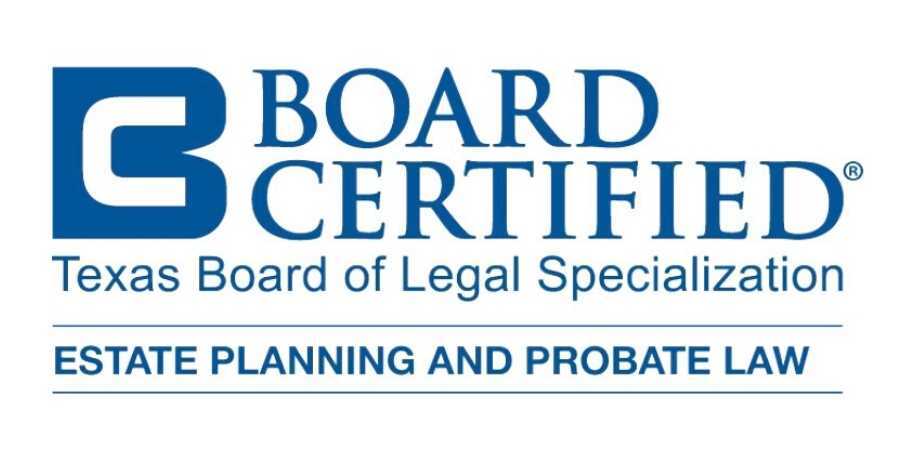Underrated steps to take before getting sued
How to use insurance in your asset protection mix

As an attorney who has seen firsthand the damage that lawsuits can inflict on unprepared individuals, I want to emphasize a critical yet often overlooked step in protecting your assets: obtaining sufficient insurance coverage before a lawsuit ever becomes a reality. You don’t anticipate getting sued, but life is unpredictable. You might find yourself in a car accident, dealing with property damage, or facing accusations from a former business partner. In those moments, your assets—your bank accounts, wages, real estate, and personal items—are at risk if a judgment is made against you.
At the heart of asset protection is not just moving money or creating complex legal structures but taking practical, proactive steps to mitigate risk. One of the most effective ways to do this is through insurance coverage. Many people don’t realize that, in addition to planning for various financial and legal risks, having adequate insurance could be the one thing that saves them from financial devastation.
How Can Insurance Protect You?
For most individuals, two types of insurance are paramount: automobile liability insurance and homeowners insurance. These policies can defend against many lawsuits and help satisfy judgments within the limits of the coverage. But the key here is making sure you have enough coverage—because the bare minimum often isn’t sufficient.
Automobile Liability Insurance
Auto liability insurance protects you in case you’re involved in an accident and are held liable for bodily injury or property damage. I always advise clients not to settle for the state’s minimum required coverage. You might think you’re saving money on premiums, but in the long run, inadequate coverage could cost you dearly. Aim for coverage that reflects the value of your assets. If your assets total $500,000, consider insurance that covers up to that amount to ensure you’re adequately protected in the event of a lawsuit.
It’s also crucial to understand your policy’s limits and exclusions. Policy exclusions—like those for certain drivers or business use—can leave you vulnerable. If you use your car for business or have someone in your household who drives but isn’t covered, you may need to amend your policy.
Homeowners Insurance
Homeowners insurance doesn’t just protect your home from fire, theft, or natural disasters—it also shields you from liability if someone gets injured on your property. From a neighbor slipping on ice to a tree falling on their house, lawsuits can arise from everyday occurrences. The liability portion of your homeowners policy can help cover legal fees and judgments, protecting your personal assets.
Again, understanding exclusions is critical. If you run a business from home, ensure you have either a separate business insurance policy or an endorsement on your homeowners policy to cover potential claims.
Umbrella Liability Insurance: Extra Protection
An umbrella liability policy offers additional coverage beyond your home and auto insurance policies. This is an affordable way to protect yourself from catastrophic judgments that exceed your other insurance limits. For example, if you have a $1 million auto policy and are hit with a $2 million judgment, an umbrella policy could cover the excess.
Before purchasing umbrella insurance, most companies require that you max out your underlying home and auto policies. It’s an additional layer of security that’s often overlooked but can be a lifesaver when large lawsuits come your way.
Additional Types of Coverage
Other types of insurance, such as life insurance and long-term care insurance, play important roles in asset protection. Life insurance ensures your loved ones are taken care of in case of your death, while long-term care insurance protects your assets from being depleted by costly healthcare needs in your later years.
One additional type of coverage that business owners may not have considered is Employment Practices Liability Insurance (EPLI).
EPLI protects business owners from lawsuits brought by employees over issues such as wrongful termination, discrimination, sexual harassment, and other employment-related claims. With the increasing complexity of labor laws and the rise in workplace litigation, even small businesses are vulnerable to costly legal battles with employees or former employees.
For example, if a former employee sues you for discrimination or claims that they were wrongfully terminated, EPLI can cover legal defense costs, settlements, and judgments up to the policy limits. This type of insurance is particularly important for business owners because even a single employment lawsuit can cause significant financial strain on a company, especially if the business doesn’t have large reserves. By adding EPLI to their coverage, business owners can protect themselves from the financial fallout of employment-related legal claims—an often overlooked but crucial aspect of comprehensive asset protection.
The Bottom Line: Asset Protection Is Risk Management
Ultimately, asset protection boils down to managing risk. While no plan is foolproof, being proactive with your insurance coverage can significantly reduce your exposure to potential lawsuits. Consulting with an attorney, accountant, or financial advisor can help you understand the right mix of insurance policies for your specific situation, ensuring that when life throws the unexpected your way, your assets—and peace of mind—remain intact.
Asset protection requires time and investment, but when done right, it’s one of the best investments you can make to safeguard your future. Contact us today to learn more.
























